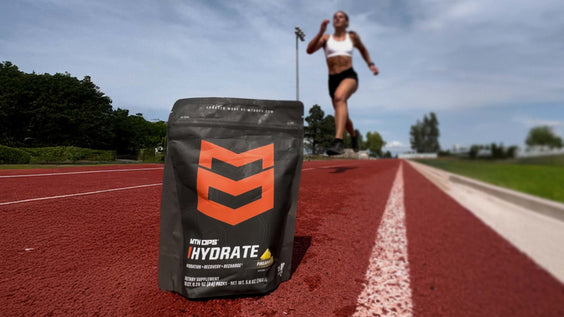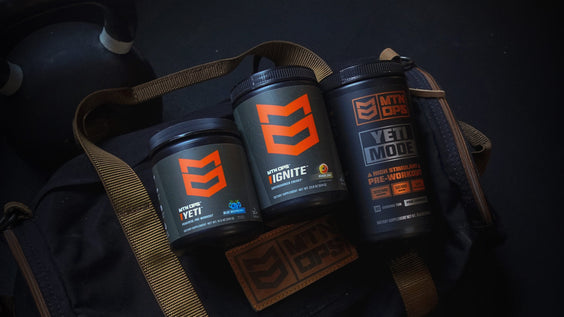

Protein Isolates: A Deeper Examination
Jul 24, 2025
By MTN OPS TEAM
Protein is a well-established cornerstone of nutrition. Its ability to support muscle mass (source) and promote healthy body composition (source), and overall performance (source) is almost unmatched.
The benefits don’t stop there. Researchers continue to pump out studies demonstrating the benefits of protein across multiple physiological systems.
Despite these benefits, the average American is under-proteined. A 2021 survey conducted by the USDA found that males and females are consuming roughly 97g and 69g of protein, respectively. Put another way, people are eating about 40g of protein per 1000 Calories, which wouldn’t appear to be a problem for the average individual following the standard RDA of 0.8 g/kg of body weight/day.
The problem is that multiple papers have suggested that the recommended 0.8 g/kg of body weight/day is far too low, especially for active individuals. A position stand from the International Society of Sports Nutrition suggests that active individuals need 1.4 to 2.0 g/kg of body weight to maintain and gain muscle mass.
Message received. Eat more protein.
Supplementing with one or two protein shakes throughout the day is a great way to sneak in those extra grams to meet protein needs.
Easy enough. Go to the store and grab a tub or bag of protein. But which one?
Even when the plant proteins and animal proteins from other sources, like egg or beef isolate, are cut from the selection, there is still a good list to choose from.
When specifically looking at milk proteins, there are two that seem almost identical: milk protein isolate and whey protein isolate.
It’s time to set the record straight on what these proteins are and how they compare to one another.
Milk Protein Isolate
Milk protein isolate is a protein powder made from skim milk. Through special filtration processes, many of the naturally occurring sugars, fats, and micronutrients are removed, leaving a powder that is at least 90% protein.
This powder is the combination of both whey and casein protein in a ratio that is naturally found in milk (20% and 80%, respectively). Because of this heavy skew towards casein, milk protein isolate has a slower absorption rate when compared to whey protein alone (source).
Whey Protein Isolate
Whey protein is created through a more refined process through a process that actually starts as a part of the cheese-making process. The creation of whey protein isolate requires a few extra steps to remove the casein and other compounds found in milk proteins, like lactose.
The Nuance of Application
Both milk protein and whey protein isolates are excellent sources of complete amino acid profiles, making them excellent candidates for supporting protein intake throughout the day.
The nuance to their use comes in looking at their absorption rates. As mentioned above, milk protein is the combination of whey and casein protein, giving it a slower absorption rate than whey alone.
This slower absorption rate makes milk protein isolate more suitable for times when amino acids are not immediately needed and the body can benefit from a sustained influx, like fasting or before bed.
On the other hand, whey protein isolate’s much faster absorption rate makes it a great supplement for between meals or immediately after strenuous activity (source).
At MTN OPS we recognize that application matters. Our current Magnum product combines both whey and milk protein isolates, making it a great option for multiple applications.
But, for some of our customers, more specificity is required. And for those individuals, we have great news.
MTN OPS has developed a 100% clear whey protein isolate, Magnum for faster amino acid delivery to help support all of your protein and recovery needs.
Clear whey protein isolate takes the filtration processes used to produce whey protein isolate to the next level and offers more flavoring options. The defining characteristic of this process is the pH adjustment. After all of the whey particles have been separated from the rest of the compounds, they are subjected to a process to help lower the pH, resulting in a change in the protein’s structure, which prevents cloudiness when mixed into water. While you’re used to creamy protein flavors around chocolate and vanilla, clear whey allows unique protein flavors like Strawberry Watermelon and Blue Raspberry Coconut.
All of this work results in a lighter protein with a wider delivery application that still holds all the benefits of whey protein isolate.
















































